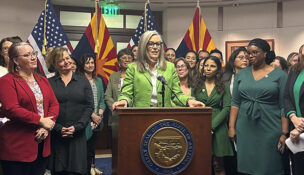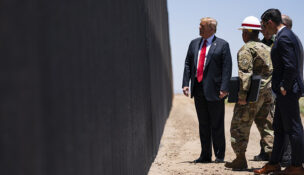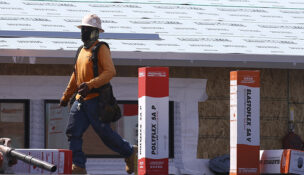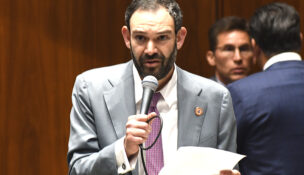What’s the ‘poop’ at the Capitol≠
Arizona Capitol Reports Staff//April 7, 2006//[read_meter]
Its white variety is the symbol of peace and love, but that’s not what people think about when it comes to the dirty subject of pigeons — and their droppings...
No tags for this post.

















